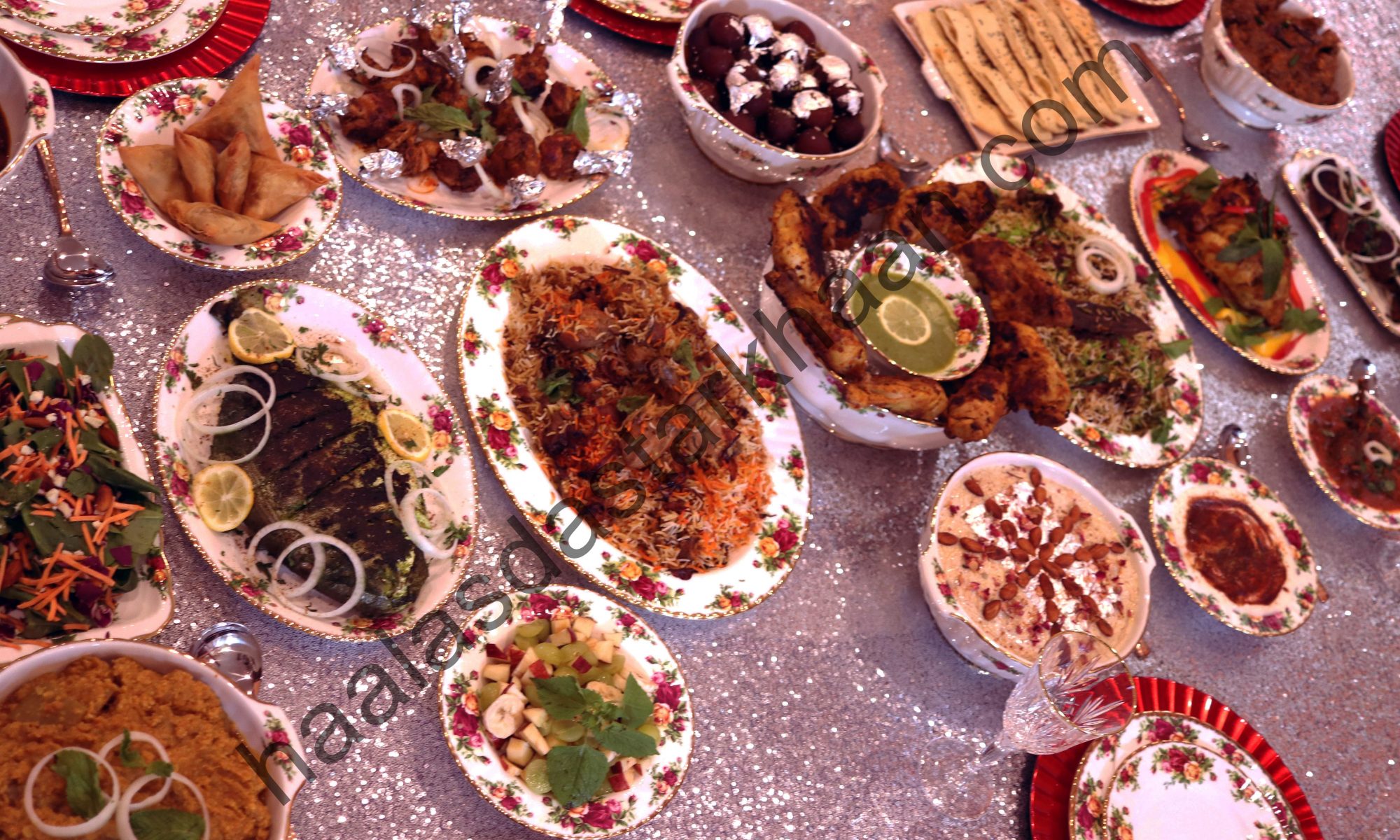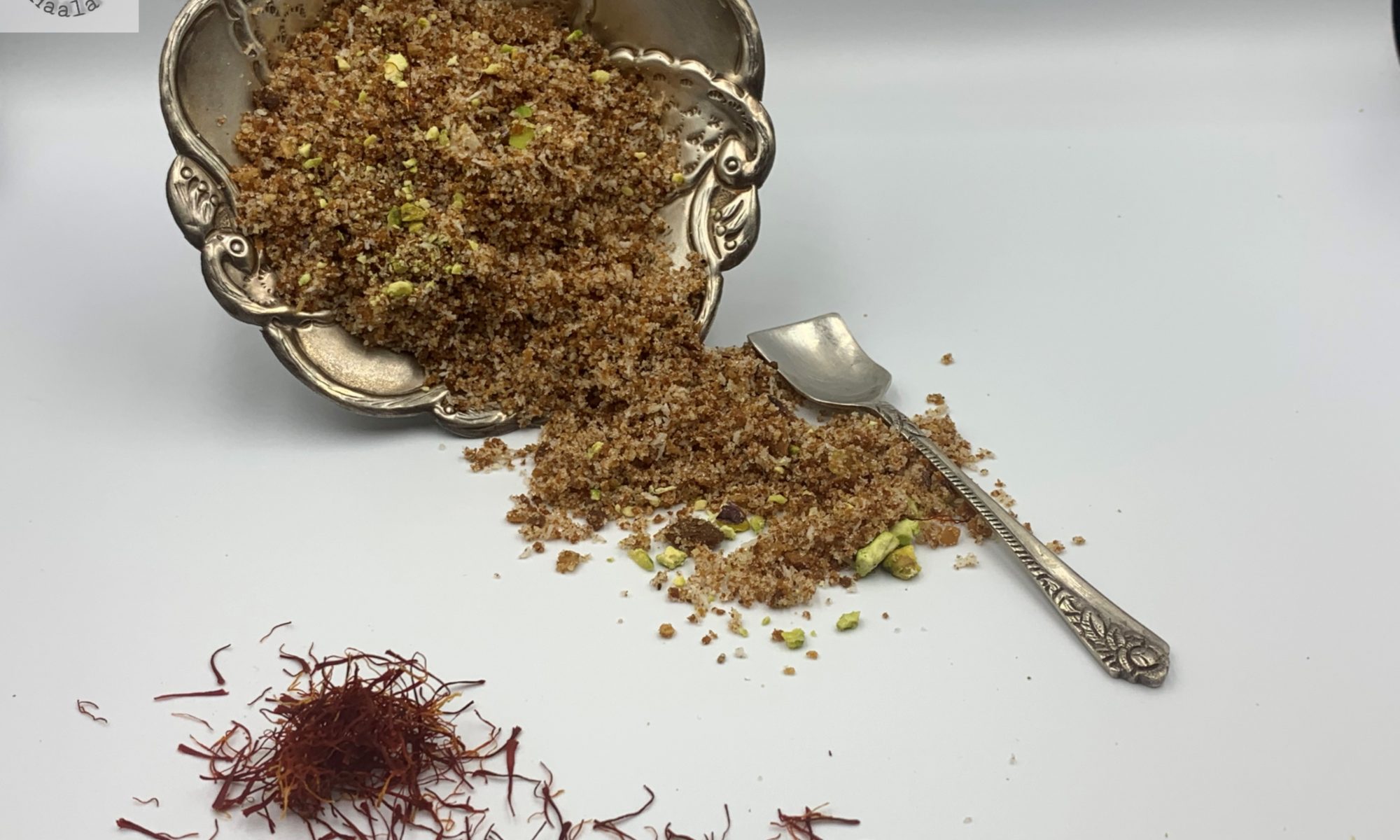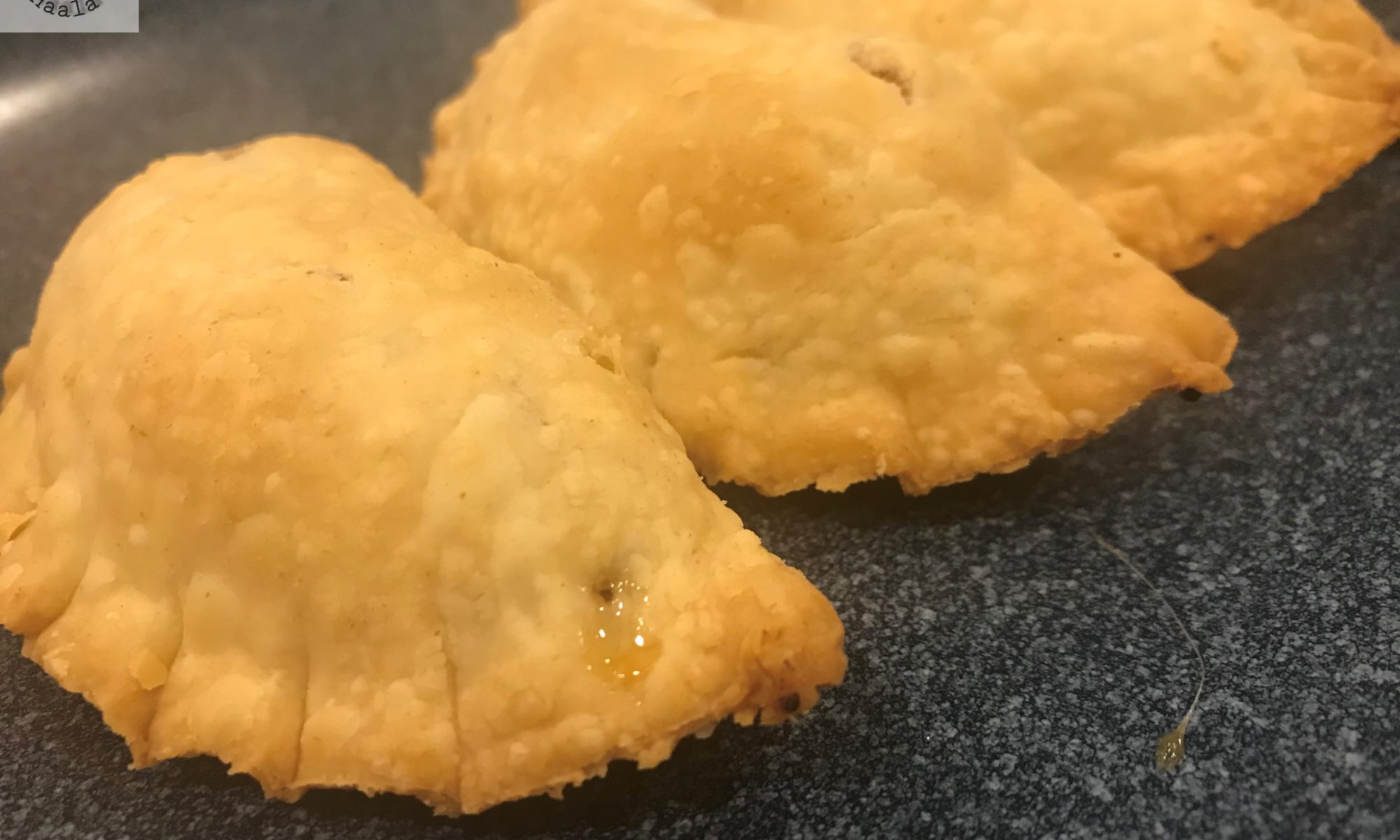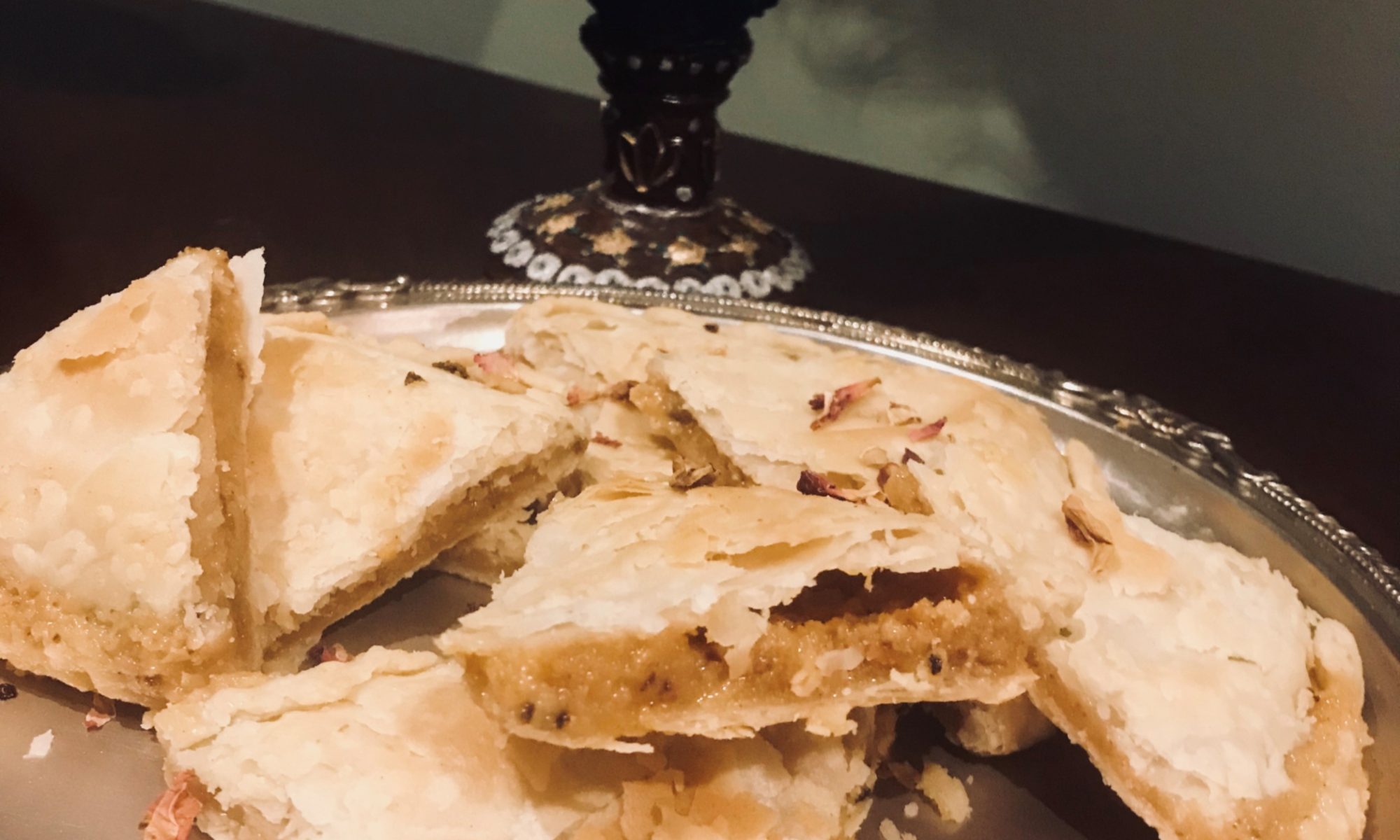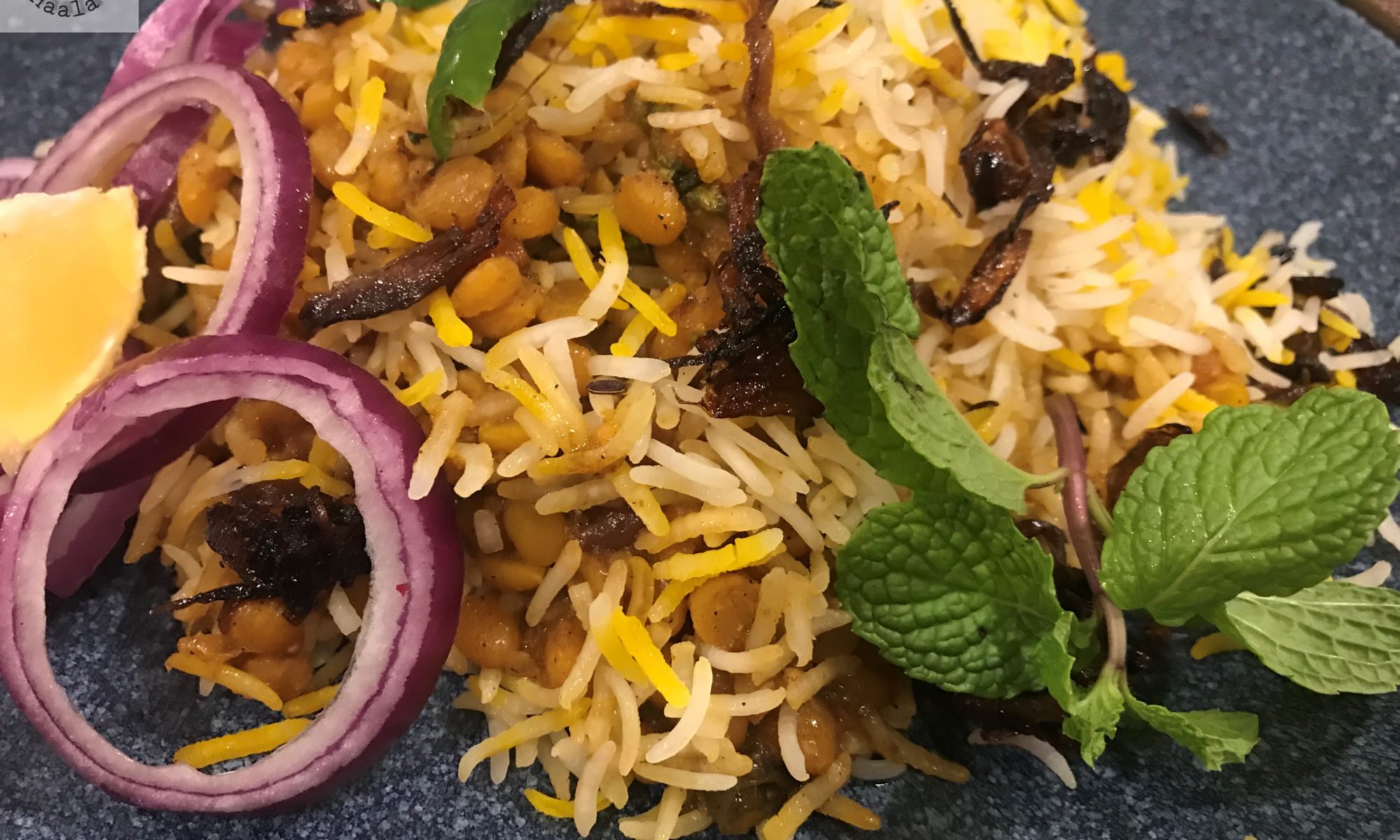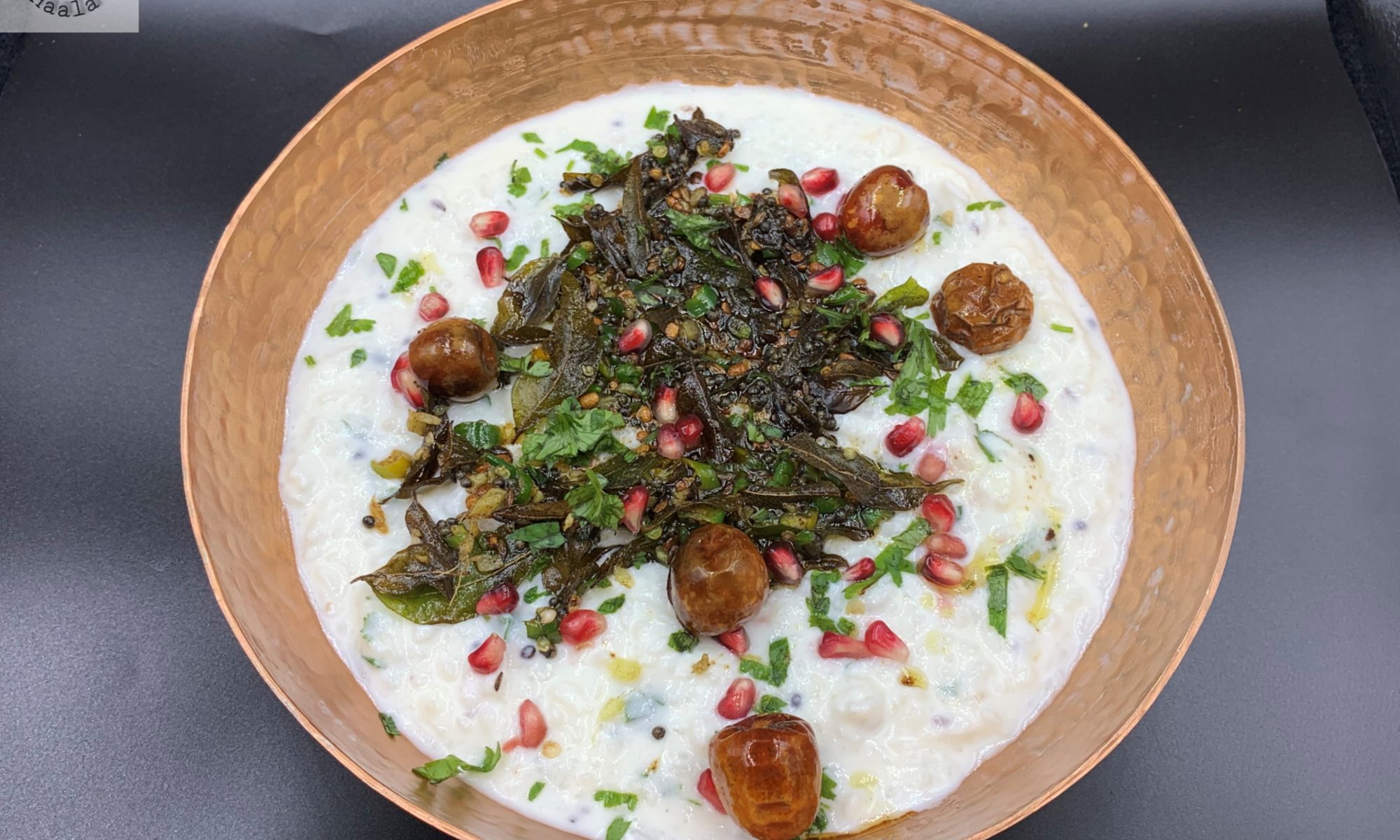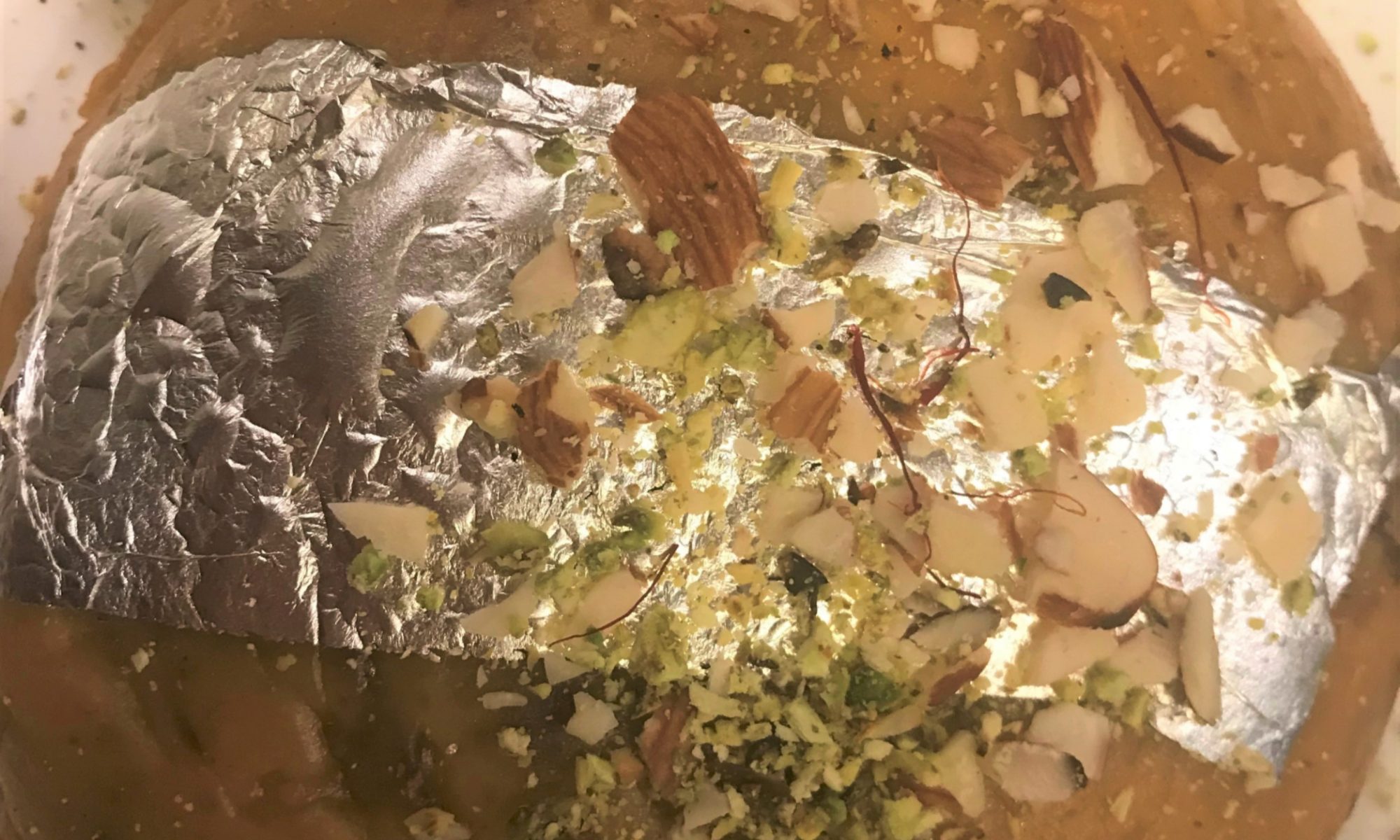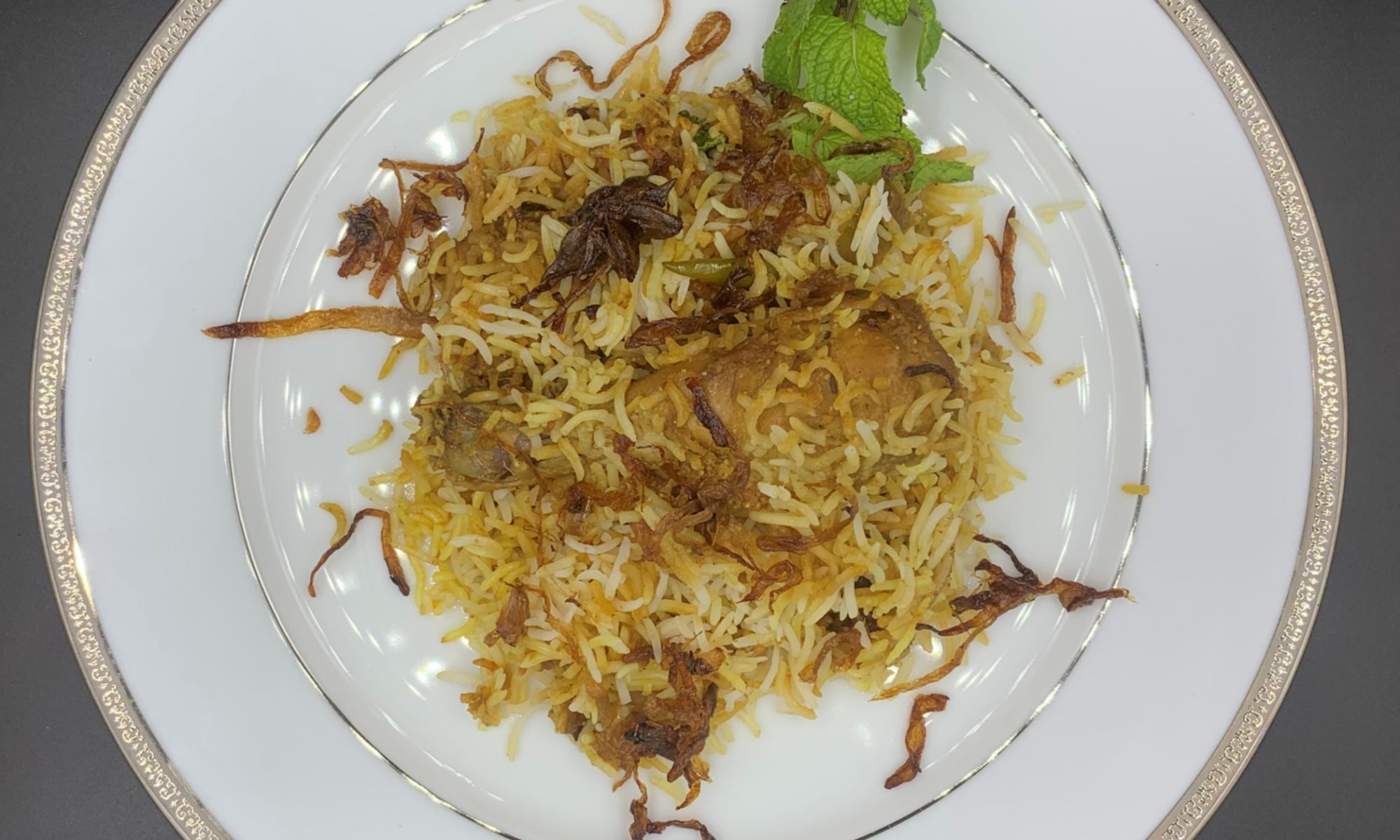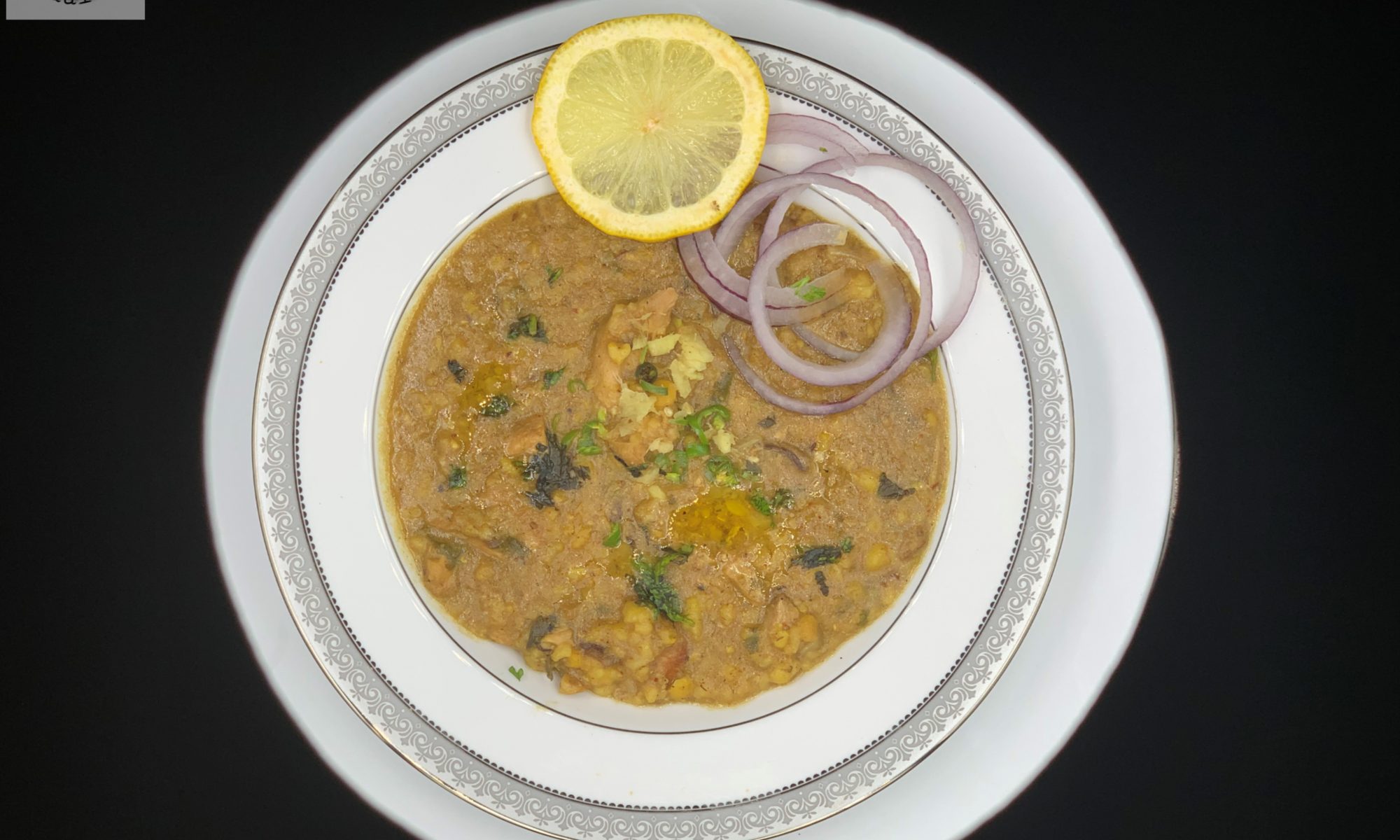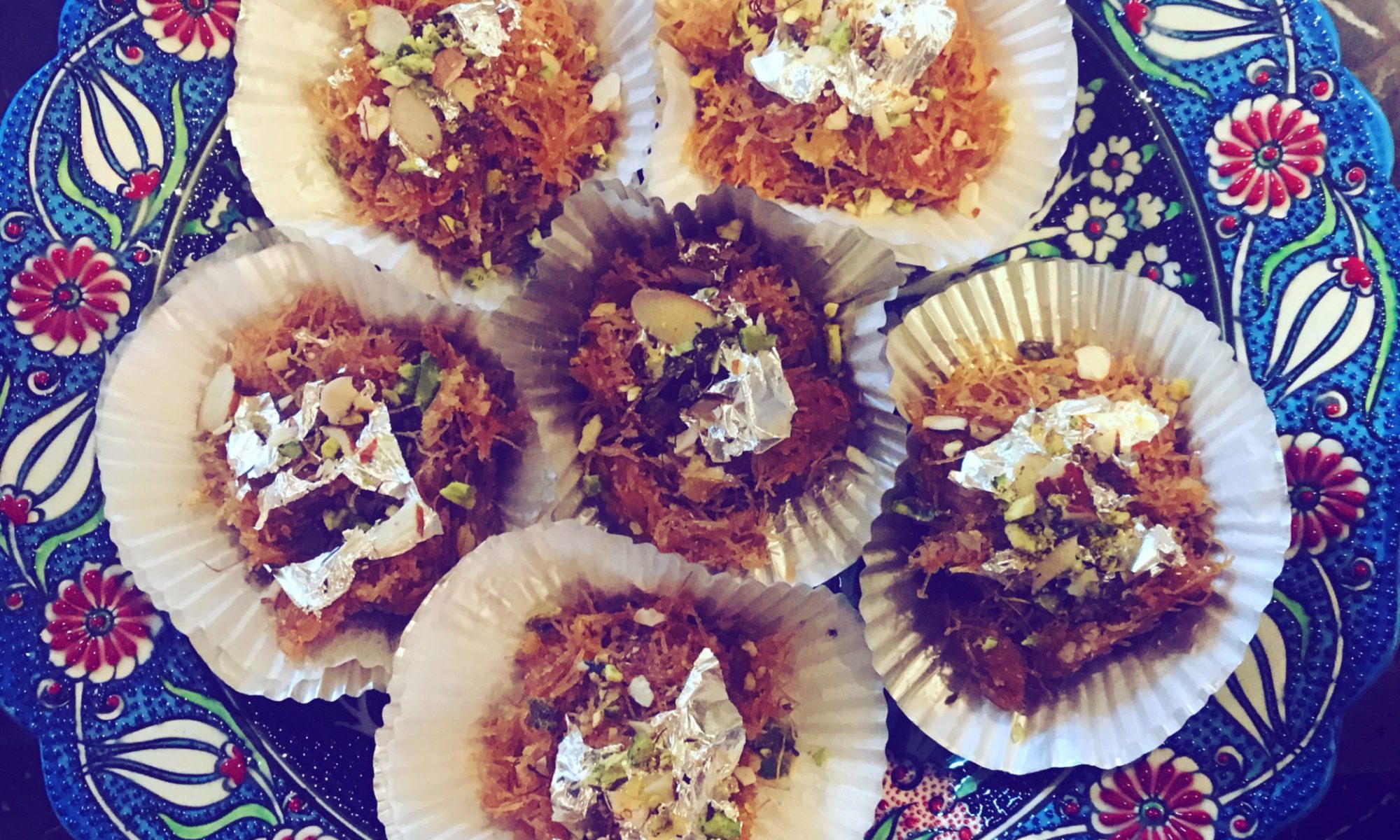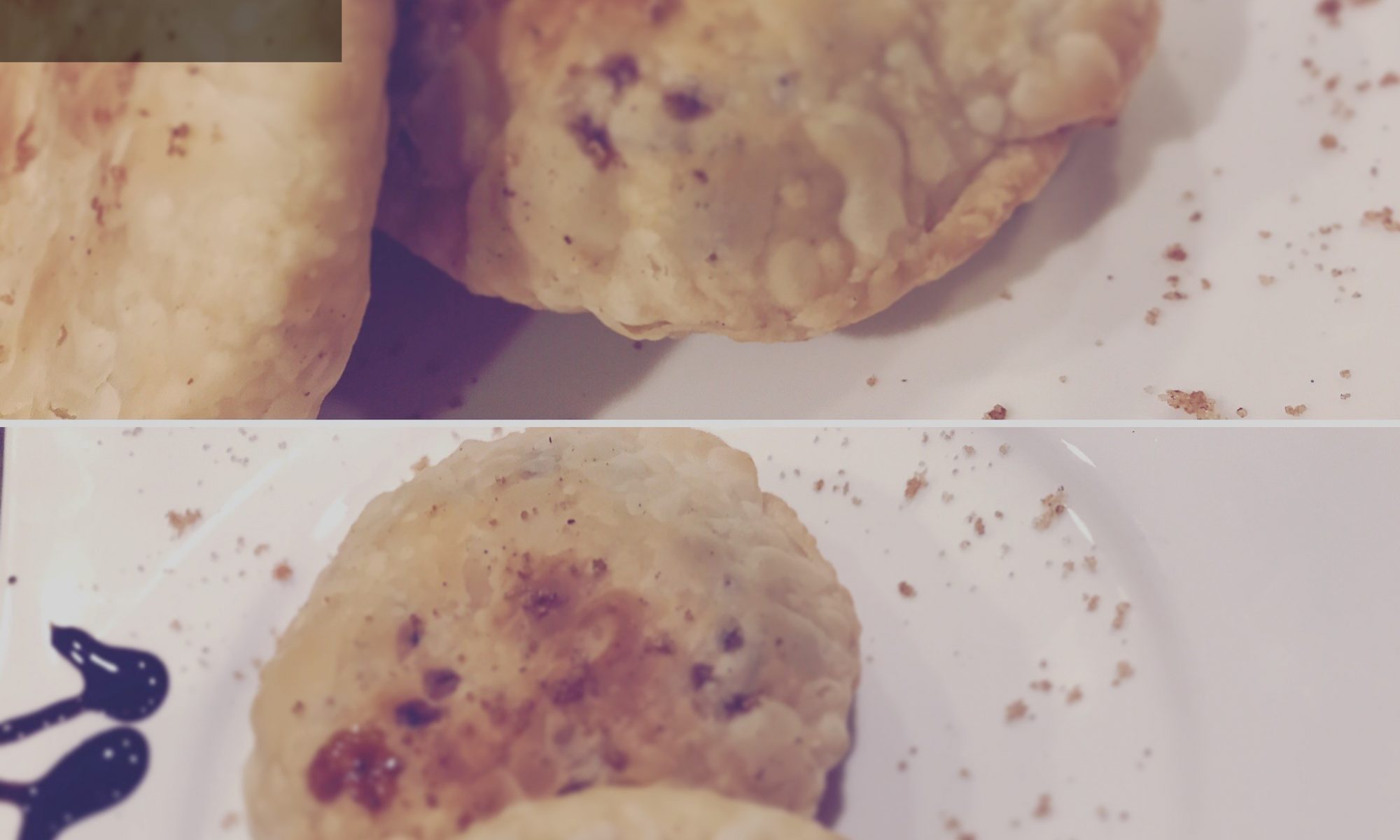Maleeda is a sweet dish made for weddings in Bangalore. During Muslim weddings, all over the world, its a ritual to distribute sweets and dry fruits to all the guests after the nikah. Different places have different kinds of sweets, as in if you were in the Middle east you’d be served with Cashews, Dates, Walnuts and probably Baklava. Where as, if you were in Europe, you will be served Chocolates with other things. The ritual is to distribute sweets and nuts, following the Islamic traditions set by the Prophet.
Now, when it comes to India, the country has Muslims as the second largest population and I happen to be a proud Indian Muslim as well. Its amazing how much culture, tradition and food variety we have from a Muslim community of one state to another. And, at the same time, we all pray the same way, have same celebrations and share the same belief. Coming back to the traditions, I am from the Northern west and my side they usually distribute dry dates with cashews and Almonds and sometimes sweet beetle nut. Around a year and half after I became a member of Mr. Parveez’s family, his younger sister got married, that’s when I discovered that they have a tradition of distributing a crunchy, crushed powder kind of thing in small packets, called Maleeda. Mr. Parveez was so madly in love with Maleeda that watching him eat was a delight in itself. He looked like a child who found his way to his favorite candy store with free candies.
Funny enough, it was only made for the purpose of distribution during weddings. Well, after 4 years every brother and sister and cousins in the family were married and my dear husband would miss having his favorite Maleeda. That’s when I tried to find out how exactly it was made and tried making my own at home for him. Now, its not just him but even my boys are huge fans.
Usually for the Maleeda, the Roti is made fresh and fried and, further crushed to almost a thick powder. I always use my leftover Rotis since I feel this is the best way to utilize it. After that they add coconut, sugar, cardamom powder and carom seeds with little ghee. If you want it fancier, add almond powder, saffron and chopped almonds and pistachios. I make this pretty often and keep it in airtight jars. I find this healthier as a sweet snack for my kids than to any of the sugary store bought cookies. This has a shelf life of around a month if kept in an airtight container in a cool dry place. Enjoy!!!
